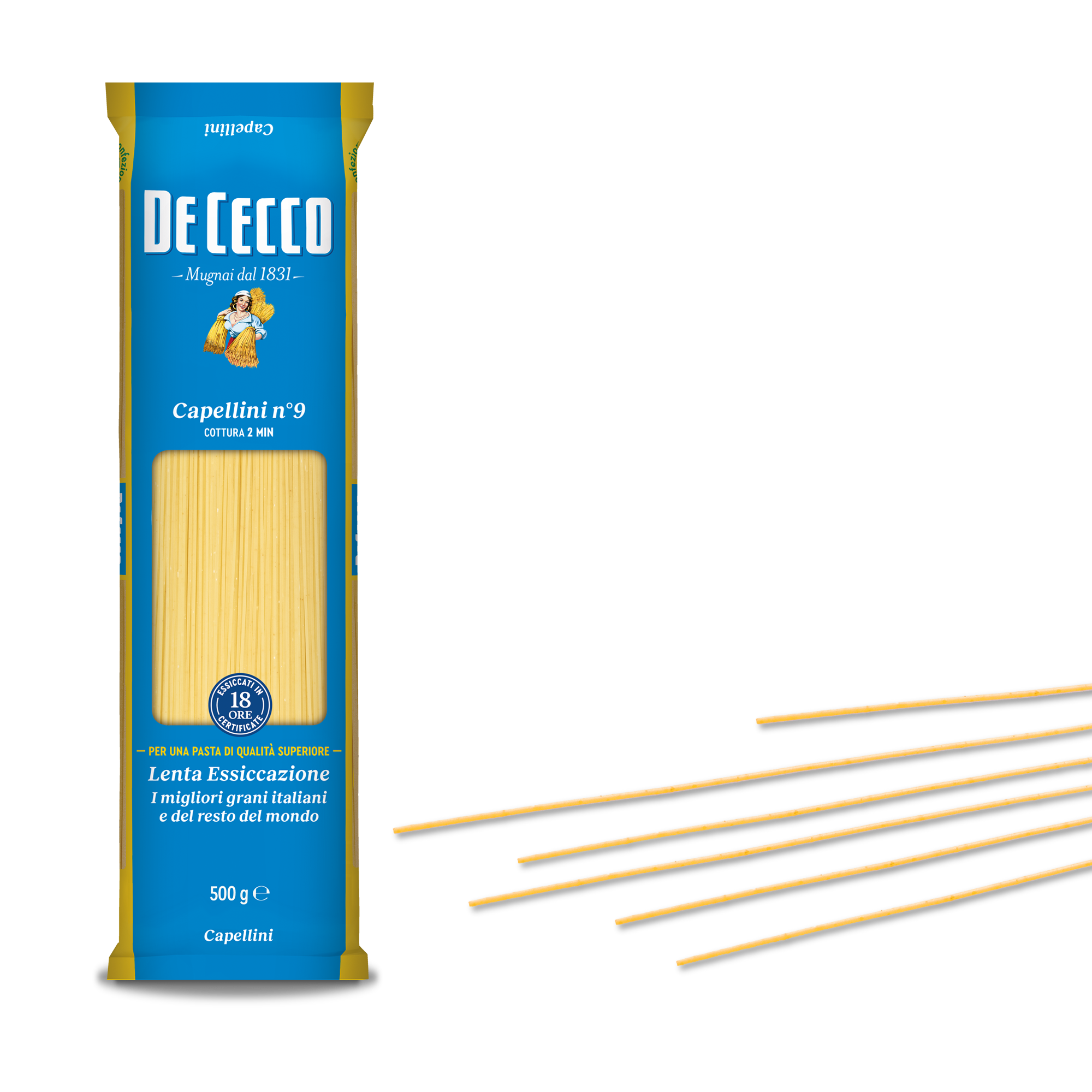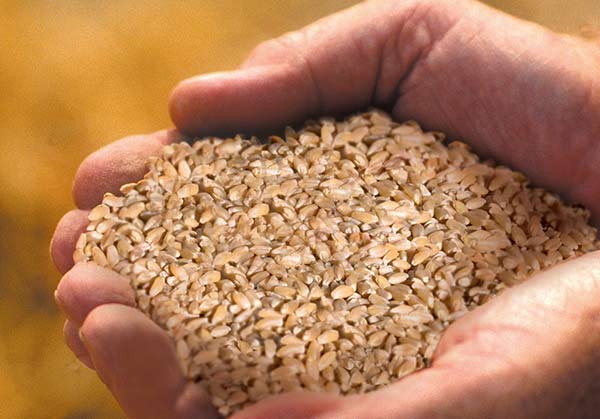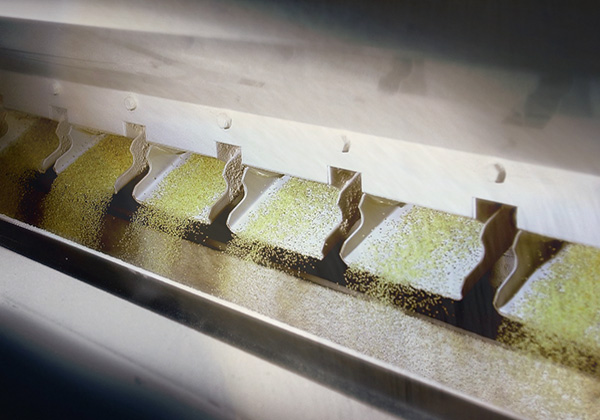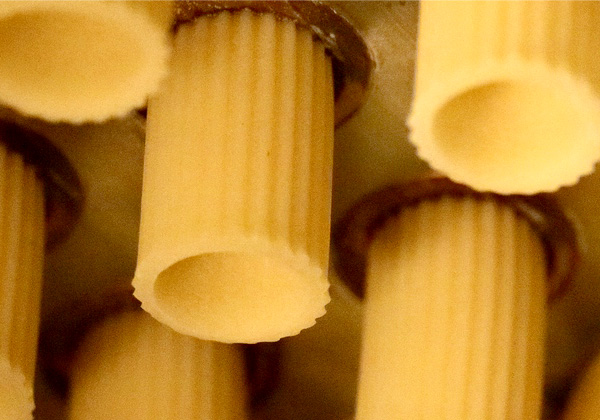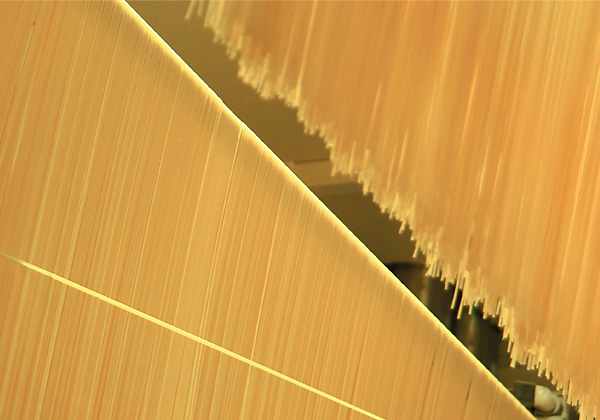Casareccia n° 88
Casareccia is originally from Sicily, but is also characteristic of other southern Italian regions.
This pasta is shaped like a small, smooth piece of parchment, rolled up and folded in at the top. The name conjures up its bygone home-made origins, an interpretation of the Arab-style "pasta busiata" obtained with the thin stem of a plant around which pieces of dough were at one time wrapped.
Casareccia is very good with classic ragù, although the smooth, slightly porous surface is also ideal for capturing all types of sauces, from traditional ones to even the simplest of sauces.
Available in 500g or 3 Kg packs.
- Cooking time: 11 min - Al dente: 9 min
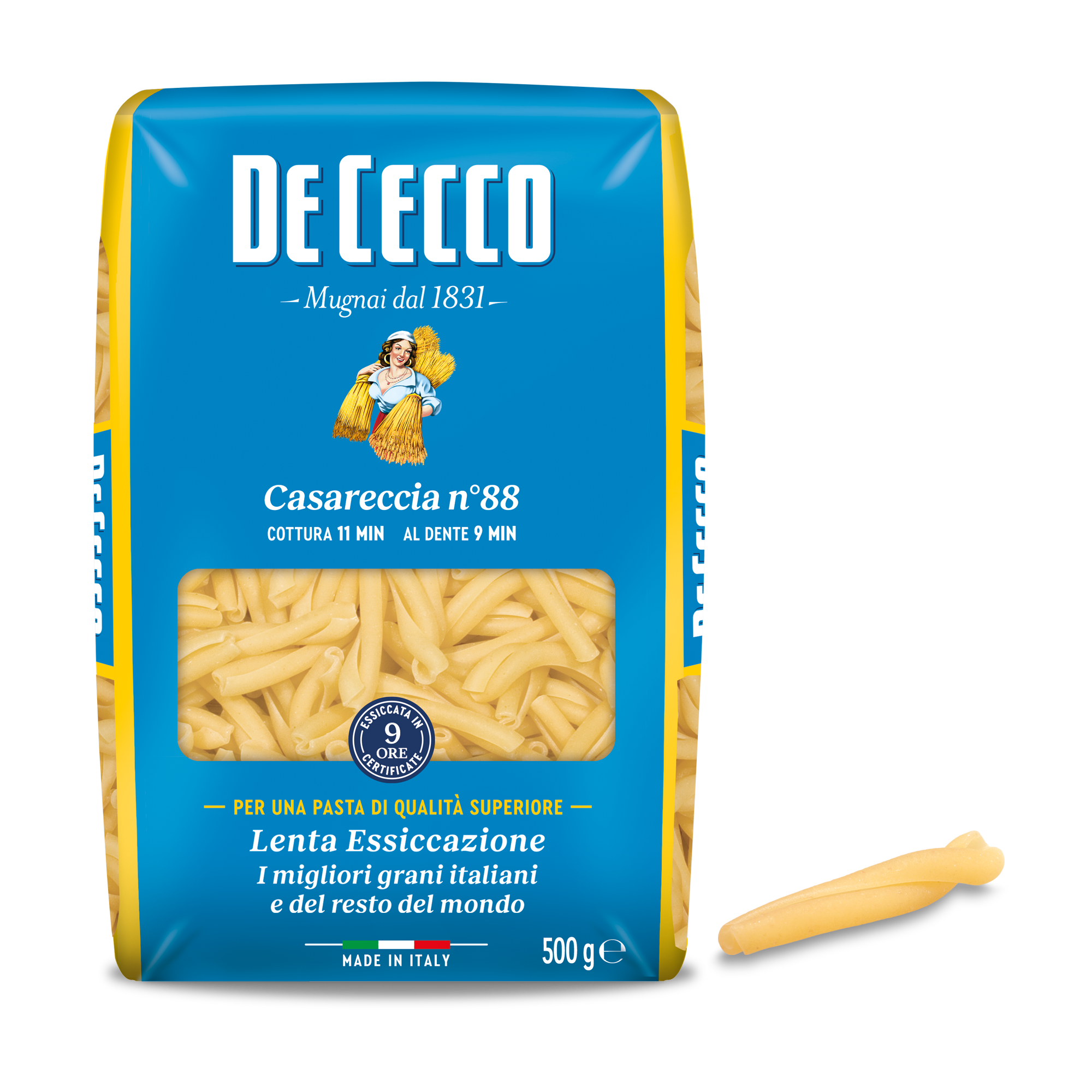
play
Our method
Attention, care, experience, quality at every stage: from our mill to your table.
You may also be interested in
Capellini n° 9
The origins of Capellini, with their evocative name (fine hair) and light consistency, are contested between the area around Genoa, Naples and the Ciociaria (central Italy). It is one of the thinnest types of long pasta wound into a nest shape.
Even the name Capellini is reminiscent of the fine consistency of this type of pasta which is ideal for infants from 9 months old onwards to help them get used to eating food for grown-ups.
Simple condiments are recommended for this type of pasta. It is excellent combined with butter dressings, such as uncooked butter and cheese, or melted butter with sage and cheese. Egg or fresh raw tomato based sauces are also excellent. Another way to enjoy Capellini is in a light, chicken broth. In addition to broths and pasta dishes with sauces, this pasta is also used to prepare oven-baked dishes in the Naples region.
Available in 500g packs.
Find out more
